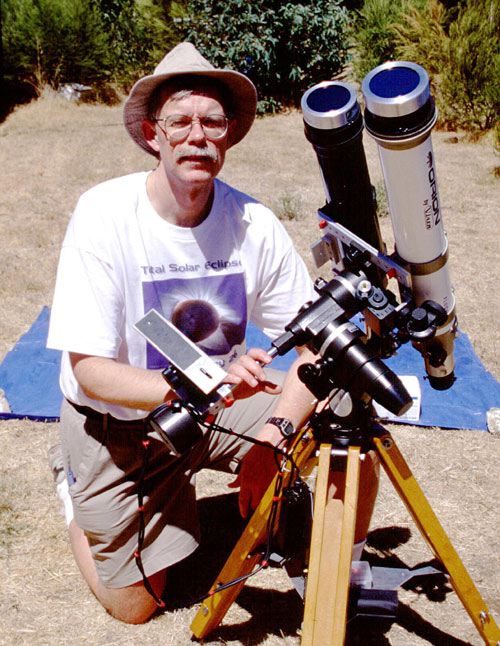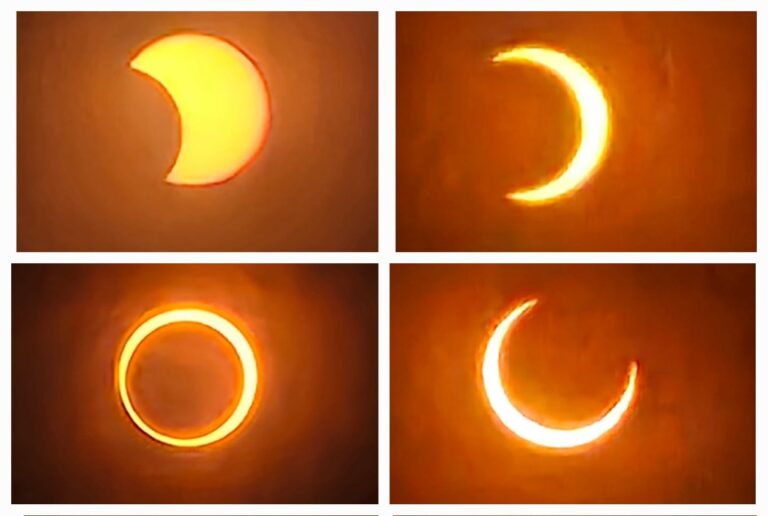Key Takeaways:
Your drawing kit should be minimal and consist of familiar materials. I recommend watching videos of past solar eclipses so that you can practice your technique. It will help give you a sense of the timing required to sketch live on eclipse day.
I prefer a white pencil with black paper for sketching the filamentary structure of the corona against the dark background of the sky. But if you’re more comfortable with graphite, you can draw a negative sketch onto white paper and then later scan and invert it with image-editing software. Green is the opposite of red, so if you use white paper, a green pencil will do the trick for prominences.
Prepare the paper ahead of time by creating 2- to 4-inch circle templates. You can fit several on a single page if you wish to sketch the partial phases. But during totality, remember that you’ll need extra room to draw the outermost layer of the Sun’s atmosphere.
Astronomy magazine subscribers can read the full article for free. Just make sure you’re registered with the website.









